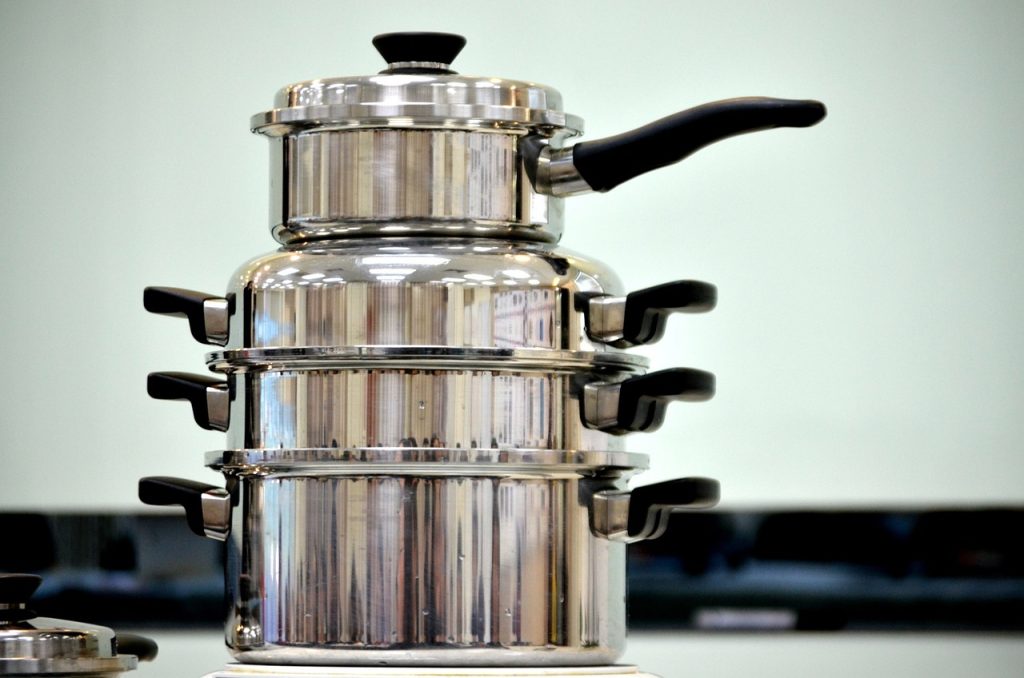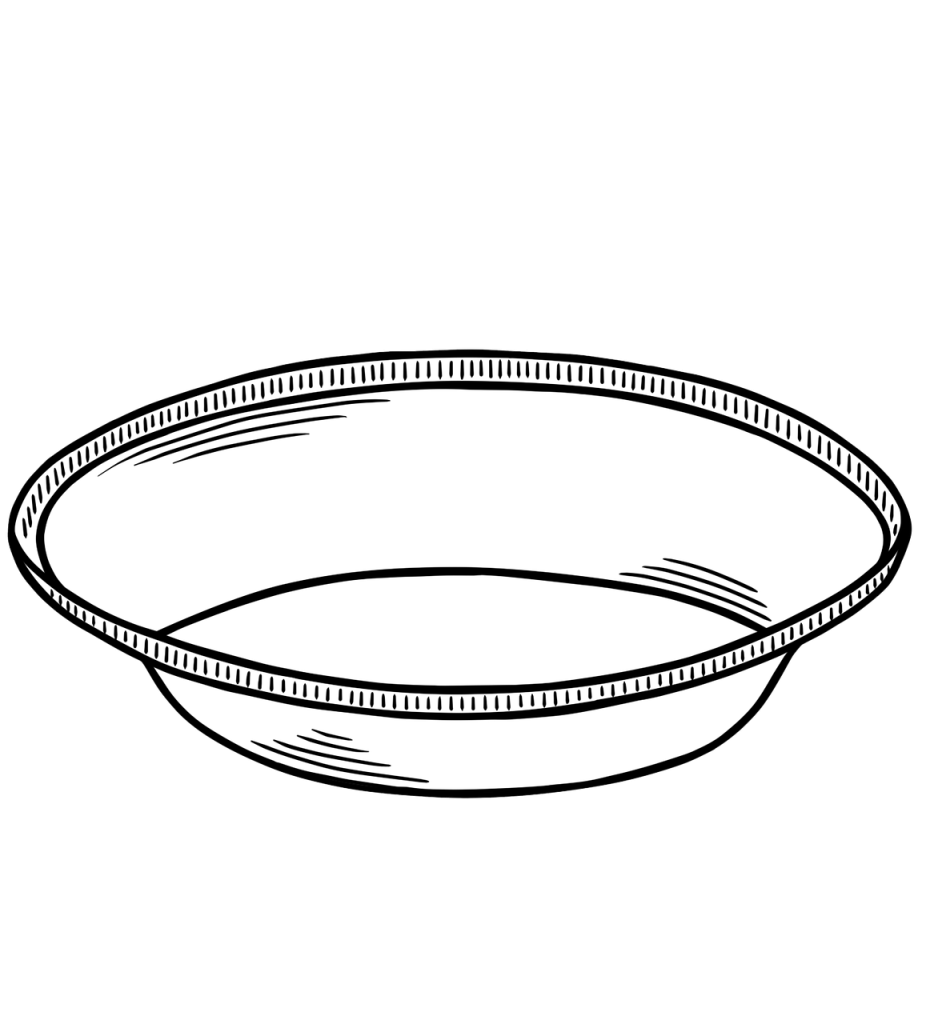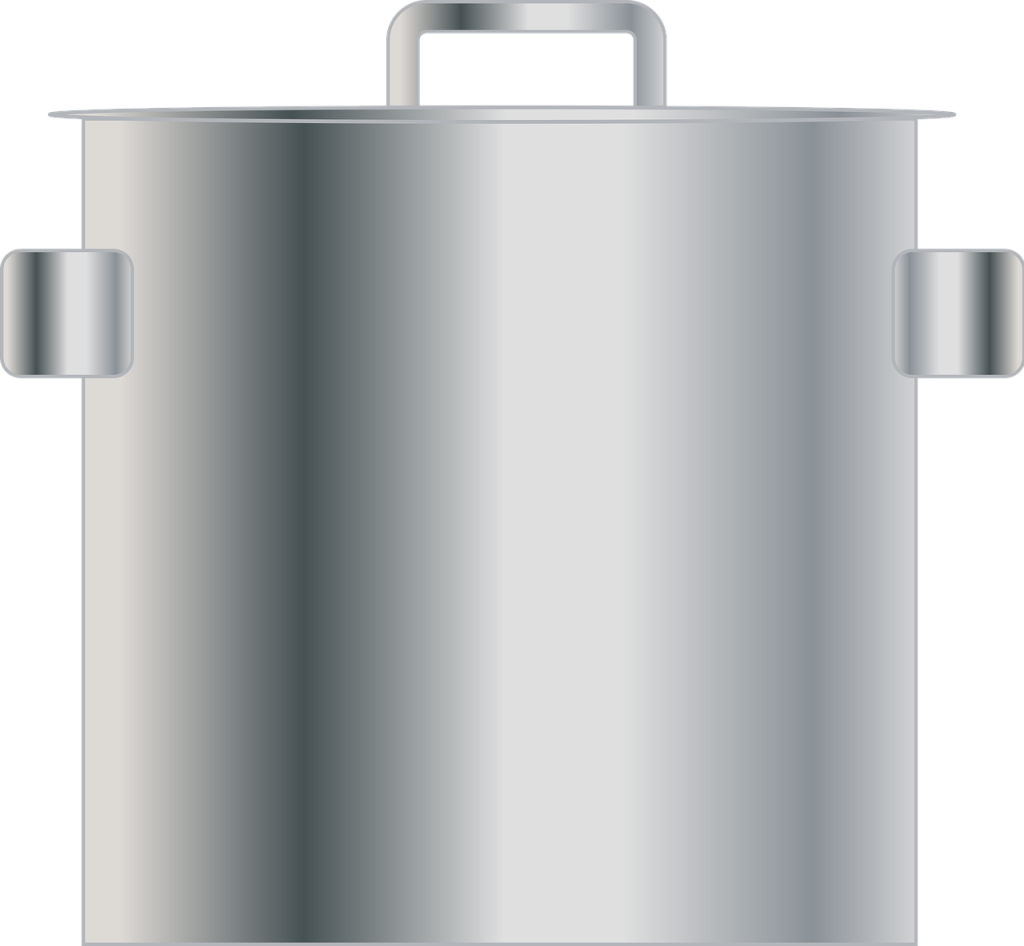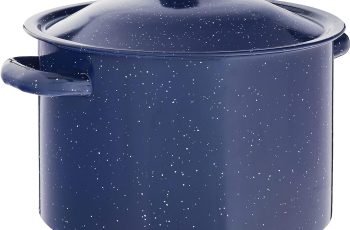Ad Blocker Detected
Our website is made possible by displaying online advertisements to our visitors. Please consider supporting us by disabling your ad blocker.
In this article, you will gain valuable insights into the different sizes of saucepans and how they can enhance your cooking experience. Understanding the various sizes and their specific uses will not only help you optimize your cooking process but also enable you to achieve the desired results with precision and efficiency. By exploring the practical applications of saucepan sizes in different culinary scenarios, you will be equipped with the knowledge to create delectable dishes with ease and finesse.

Small Saucepan Sizes
When it comes to small saucepan sizes, three options commonly available are as follows:
1 Quart Saucepan
The 1 quart saucepan is the smallest size offered in most saucepan sets. It is perfect for tasks that require small amounts of liquid, such as heating up leftovers or making a single serving of sauce. It is also ideal for boiling eggs or cooking grains like quinoa.
1.5 Quart Saucepan
The 1.5 quart saucepan is slightly larger than the 1 quart size and offers a bit more versatility in the kitchen. It is great for making small batches of soup, heating up canned vegetables, or preparing sauces for pasta dishes. Its compact size makes it easy to handle and store.
2 Quart Saucepan
The 2 quart saucepan is a step up in size, accommodating a greater quantity of liquid. It is commonly used for boiling potatoes, blanching vegetables, or making larger batches of soup. Its slightly larger capacity makes it a versatile option for everyday cooking needs.
Medium Saucepan Sizes
Medium saucepans are slightly larger and can handle more substantial cooking tasks. Here are the three most common medium saucepan sizes available:
3 Quart Saucepan
The 3 quart saucepan is a popular choice for cooking pasta. It can comfortably hold a generous amount of water and allow room for the pasta to boil and expand. It is also suitable for simmering sauces or cooking grains like rice.
4 Quart Saucepan
With a 4 quart capacity, this saucepan is perfect for making larger batches of soup or stew. It can accommodate ingredients for family-sized meals and is also a great option for boiling large quantities of water, such as for cooking pasta for a crowd.
5 Quart Saucepan
The 5 quart saucepan is ideal for tasks that require even greater capacity. It can handle tasks like blanching vegetables in large quantities or cooking up a hearty chili. Its larger size makes it a useful addition to any kitchen where cooking for a larger number of people is a regular occurrence.
Large Saucepan Sizes
For those who often cook for large groups or enjoy preparing soups and stews in larger quantities, large saucepans are a must-have. Here are the three most commonly available large saucepan sizes:
6 Quart Saucepan
The 6 quart saucepan offers a generous capacity for making large batches of soup, stew, or chili. Its size also makes it ideal for simmering stocks or sauces for later use. Whether cooking for a large family or hosting a dinner party, this saucepan will meet your needs.
8 Quart Saucepan
For those who love hosting gatherings or frequently cook for big events, the 8 quart saucepan is an excellent choice. It can handle large quantities of liquid for boiling seafood or making stocks. Its spaciousness ensures you have enough room to cook without the risk of overflowing.
10 Quart Saucepan
The 10 quart saucepan is the largest option available and is often used in professional kitchen settings. It is perfect for canning, making large batches of soup, or preparing dishes for catering purposes. If you frequently cook for large groups or enjoy preserving your own homemade jams and pickles, this saucepan is a valuable addition to your kitchen.
Specialty Saucepan Sizes
In addition to the standard saucepan sizes, there are a few specialty options available that serve specific purposes:
Double Boiler
A double boiler is a saucepan set specifically designed for gentle and controlled heat. It consists of two saucepans, with the larger one holding boiling water, while the smaller one sits inside and heats up by indirect heat. This setup is perfect for tasks like melting chocolate or making delicate sauces that require precise temperature control.
Butter Warmer
A butter warmer is a small saucepan with a long handle, specifically designed for melting butter or heating up small quantities of sauces. Its small size allows for quick and easy melting without the risk of burning the butter or sauce. It is especially handy for tasks like preparing hollandaise sauce or drizzling melted butter over popcorn.
Saucier
A saucier is a saucepan with rounded sides and a wide bottom, often used for making sauces, reductions, or gravies. The shape of the saucier promotes even heat distribution and prevents ingredients from getting stuck in the corners. It is a versatile tool that allows for easy stirring and whisking, making it perfect for tasks that require constant attention and precise temperature control.
Casserole Pan
A casserole pan is a deep, wide saucepan with a lid that can be used in the oven. It is designed for baking and slow cooking, making it perfect for dishes like casseroles, lasagnas, or braised meats. Its versatility allows for transitioning seamlessly from stovetop to oven, minimizing the need for multiple cooking vessels and reducing clean-up time.

Materials Used for Saucepan Construction
Saucepans are available in various materials, each offering different advantages and disadvantages. Here are the most common materials used for saucepan construction:
Stainless Steel
Stainless steel saucepans are known for their durability and resistance to staining and corrosion. They are non-reactive, which means they won’t react with acidic or alkaline ingredients, making them a safe choice for cooking a wide range of dishes. They are also easy to clean and maintain.
Aluminum
Aluminum saucepans are lightweight, conduct heat efficiently, and offer good heat distribution. They are particularly useful for tasks that require quick and even heat, such as boiling water. However, they are prone to scratching and can react with acidic ingredients, altering the taste of the food.
Copper
Copper saucepans offer excellent heat conductivity, which allows for precise temperature control. They are highly responsive to changes in heat, making them ideal for delicate sauces. However, they can be expensive and require regular maintenance, as copper can react with certain foods.
Non-Stick Coating
Non-stick saucepans have a special coating that prevents food from sticking, making them ideal for low-fat cooking and easy cleanup. They allow for cooking with less oil or butter and are a great option for delicate foods like eggs or fish. However, the non-stick coating can wear off over time, requiring replacement.
Enameled Cast Iron
Enameled cast iron saucepans combine the excellent heat retention properties of cast iron with a non-reactive enamel coating. They offer even heat distribution and are suitable for both stovetop and oven use. They require proper care to avoid chipping the enamel and can be heavy to handle.
Choosing the Right Saucepan Size
When selecting a saucepan size, it is essential to consider your cooking needs and match the saucepan to the task at hand. Here are a few factors to keep in mind:
Consider Your Cooking Needs
Think about the size of meals you typically prepare, the number of people you cook for, and the types of dishes you frequently make. If you often cook for a large family or enjoy hosting dinner parties, larger saucepan sizes will be more suitable. On the other hand, if you usually cook smaller portions or have limited storage space, opting for smaller saucepan sizes would be ideal.
Match the Saucepan to the Task
Consider the specific cooking tasks you frequently perform and choose a saucepan size that suits those tasks. If boiling pasta is a regular occurrence in your kitchen, a larger saucepan size will accommodate the pasta and boiling water more comfortably. If you primarily prepare sauces or reductions, a saucier or smaller saucepan size will be more appropriate.

Common Uses for Small Saucepans
Small saucepans are perfect for tasks that require heating small amounts of liquid or cooking in limited quantities. Here are a few common uses for small saucepans:
Making Sauces and Gravies
Small saucepans are ideal for preparing sauces and gravies. The smaller size allows for even heat distribution and prevents the sauce from reducing too quickly or burning.
Melting Butter or Chocolate
When a recipe calls for melted butter or chocolate, a small saucepan is the perfect tool. It ensures quick and even melting without the risk of scorching or burning.
Boiling Eggs
Small saucepans are suitable for boiling eggs, providing just enough space to ensure the eggs are covered with water throughout the cooking process. They offer an efficient way to cook eggs to desired levels of doneness.
Common Uses for Medium Saucepans
Medium saucepans offer a bit more versatility and can handle a wider range of cooking tasks. Here are some common uses for medium saucepans:
Boiling Pasta
Medium saucepans are commonly used for boiling pasta, providing enough room for the pasta to cook evenly without sticking together. The larger capacity also allows for the addition of salt and oil to the boiling water.
Cooking Rice or Quinoa
For cooking grains like rice or quinoa, medium saucepans are a perfect choice. They can hold enough water and grains, allowing them to cook thoroughly without overflowing.
Steaming Vegetables
Medium saucepans with tight-fitting lids can be used for steaming vegetables. By adding a steamer basket or insert, you can steam a variety of vegetables to perfection, retaining their nutrients and texture.
Common Uses for Large Saucepans
Large saucepans are designed for cooking in larger quantities or for preparing dishes that require substantial cooking space. Here are a few common uses for large saucepans:
Preparing Soups and Stews
Large saucepans are ideal for making soups and stews, accommodating all the necessary ingredients and providing enough space for the flavors to meld together. They help streamline the cooking process and make it easier to cook in large batches.
Boiling Large Quantities of Water
Whether you need to boil water for pasta, blanch vegetables, or prepare large quantities of beverages, a large saucepan is a must. Its ample capacity allows for efficient boiling without the risk of overflowing.
Specialty Saucepan Uses
Specialty saucepans serve specific purposes and offer unique functionality. Here are a few common uses for specialty saucepans:
Double Boiler for Delicate Heat Control
Double boilers are primarily used to gently melt delicate ingredients like chocolate or create smooth, silky sauces. They offer precise heat control and prevent ingredients from scorching or overheating.
Butter Warmer for Melted Butter or Sauces
Butter warmers are perfect for melting butter or warming up small quantities of sauces. They are especially handy for tasks that require precise temperature control, such as making hollandaise sauce.
Saucier for Making Sauces and Reductions
Sauciers are specifically designed to make sauces and reductions. With their rounded shape and wide bottom, they promote even heat distribution and allow for constant stirring and whisking.
Casserole Pan for Baking and Oven Use
Casserole pans are versatile saucepan substitutes. They can handle baking tasks and are suitable for slow cooking in the oven. Their deep and wide shape allows for easy layering and ensures even heat distribution during baking.
Now that you understand the different saucepan sizes available and their specific uses, you can make an informed decision when selecting the right saucepan for your cooking needs. Consider the size of your typical meals, the number of people you cook for, and the specific tasks you frequently perform in the kitchen. Invest in the saucepan sizes that will be most suitable for your cooking style and enjoy the convenience and versatility they provide.

